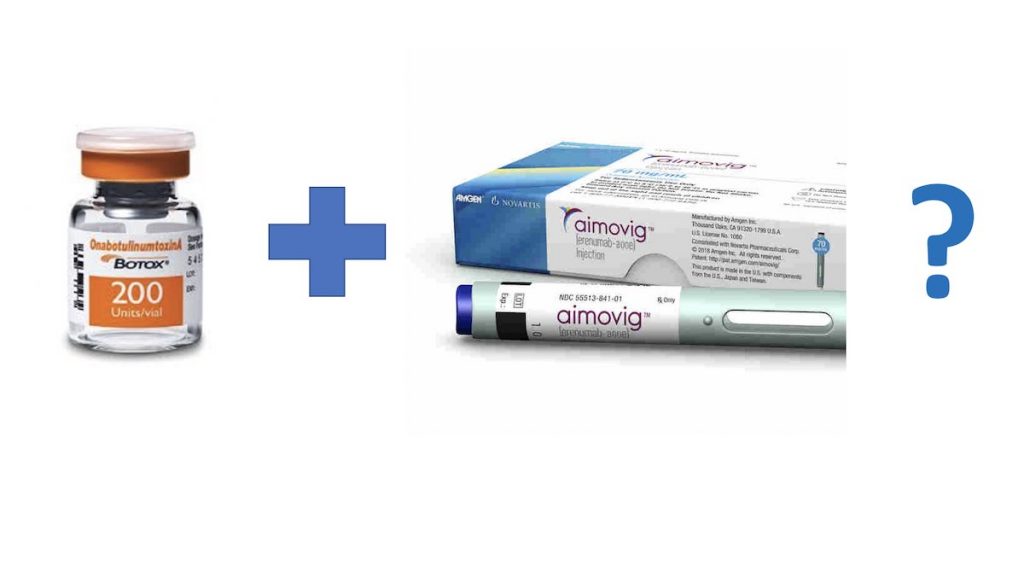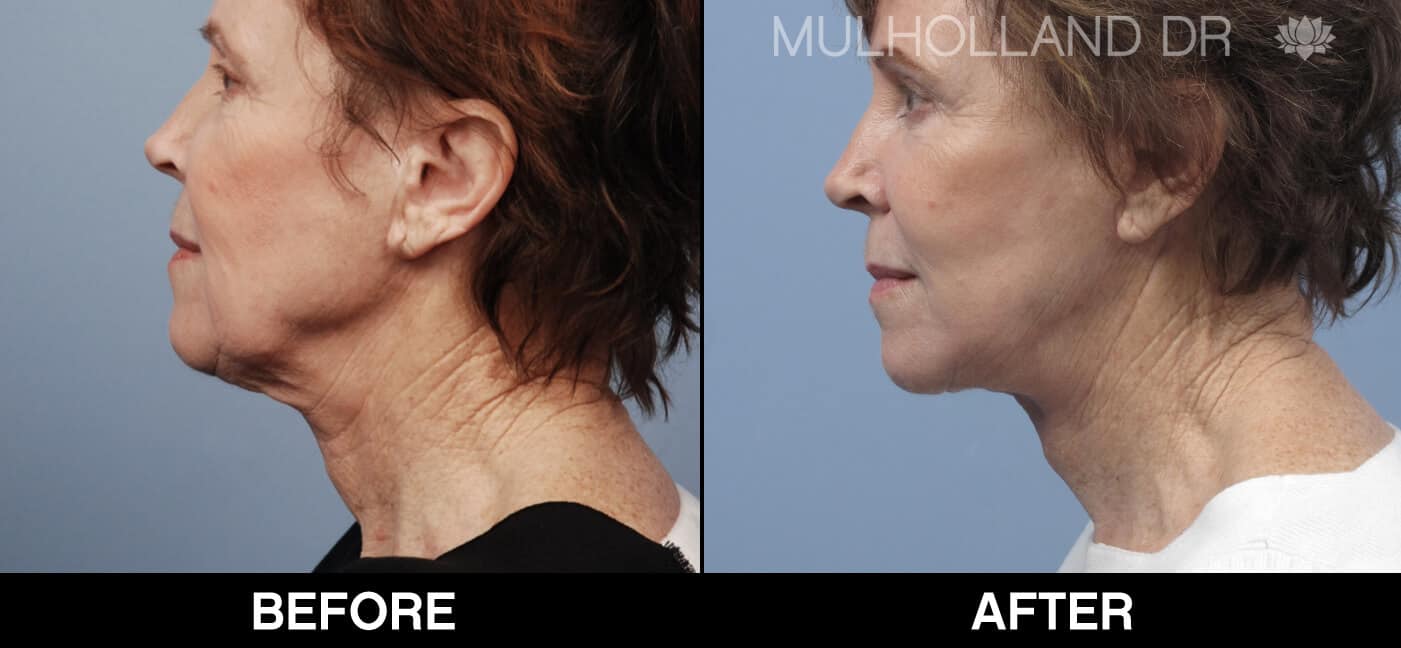
Breast implant recovery begins with the after-effects of anaesthesia. These include nausea and soreness. Some women have unbearable pain after a surgery. The pain medication may be used to ease discomfort and speed up the recovery process. A breast support bandage can be used to assist you in recovering. Pain medication can also help you deal with the swelling and redness around your breasts. A compression bra should be worn to support the breasts as they heal.
Compression bras
Post-operative bras are necessary for women who will be having breast implants. They should be comfortable, but not too tight. Unpadded bras or underwires can irritate stitches and make scarring visible. As it provides support and comfort for recovery, a compression bra with no underwires is safer. The front closures make it easier to remove compression bras. These are some helpful tips to help you choose a compression bra that suits your needs.
A compression bra promotes circulation, reduces swelling and helps to control breast pain. The compression garment can promote antimicrobial cells transfer to the site where infection is occurring, which is essential for eliminating pathogens. Compression bras are a great way to help women heal from breast-implant surgery. They allow for post-operative changes as well as reducing the chance of clot migration. It can help the body eliminate clots from plastic surgery. Clot migration can cause severe consequences.

Implants of under-muscle
Breast implant placement with under-muscle implant is slightly slower than other methods. The implants are deflated and then placed through a small tunnel. This procedure is less invasive and causes less pain. You can expect some swelling, pain, andbruising during recovery. However, it may take as long as four to eight weeks for the swelling to subside.
Most patients who have breast implants experience some level of pain after the procedure. This can vary depending on which type of surgery was used and how sensitive the patient is to pain. Some women experience very little pain, while others require prescription painkillers to control their discomfort. You may notice a higher implant if the procedure is performed under the skin. This is normal. It can take up to a few months for the implants to settle.
The sutures will swell
A swelling around your incision after breast-implant recovery could indicate that your implants may have been incorrectly placed. There are several reasons why this might happen. Infections may occur when the wound becomes infected. The dissolvable sutures can break down quicker. It could also happen if the wound becomes infected if you lift weighty objects or engage into strenuous activities soon after surgery. Your surgeon should be notified if this happens.
Two common causes for swelling and pain following breast implant surgery are infection or damaged breast tissue. These can be avoided with blood thinners. However, using blood thinners following surgery can make things worse. These blood thinners can reduce swelling and bruising, as well as relieve any pain. Check with your doctor to ensure you are free from any other medical conditions.

Long-term complications
Breast implant surgery can lead to long-term complications. After the procedure, some patients may have to stay over at the hospital because of the swelling. However, these bruises should not impact the outcome of surgery. A haematoma could increase the possibility of capsular contractedure and cause additional hospitalizations. These complications are very rare and rarely last long.
Breast implant manufacturers regularly issue updates about their medical devices. However, doctors have not reported many issues. The FDA reports only a handful of instances of adverse outcomes. However, this is considered to be just the tip of an iceberg. Most doctors don't report any problems with medical equipment, so the reported cases are considered the "tippy top" of possible problems. The risks of BIA/ALCL in textured Implants are between 1.79 & 2.82 per Thousand.